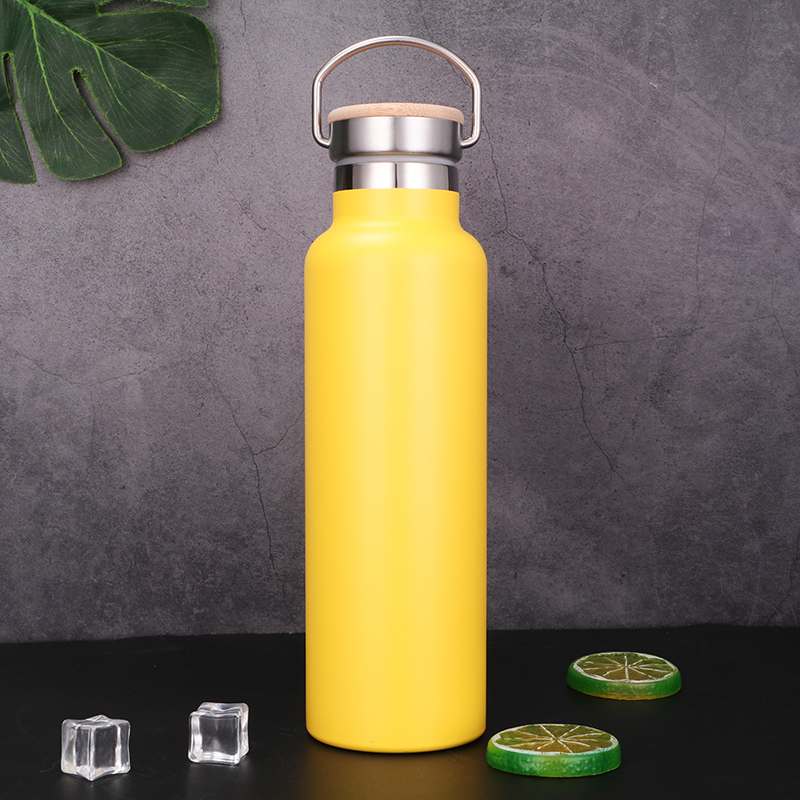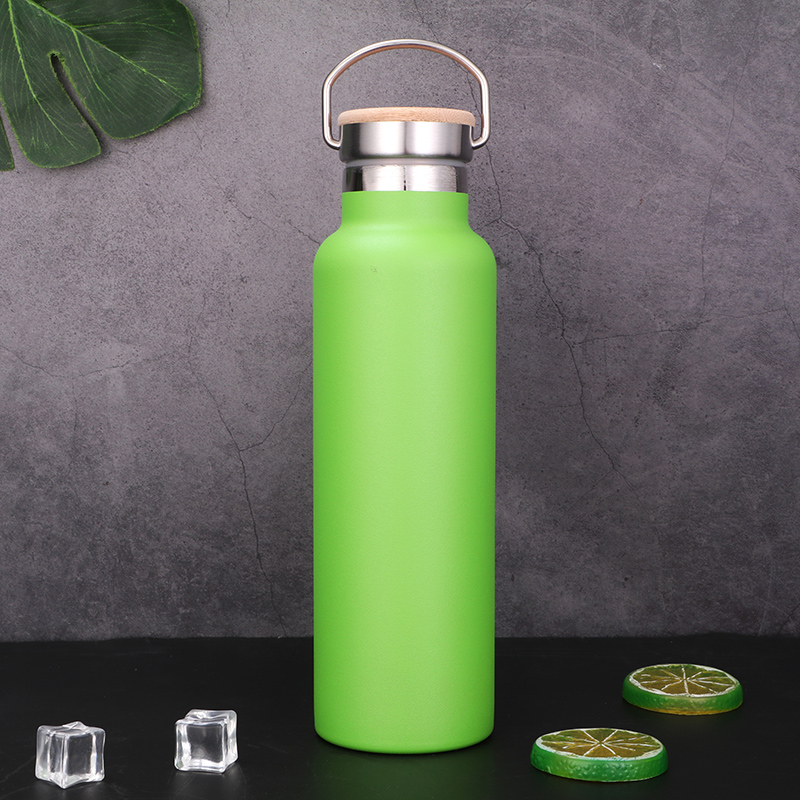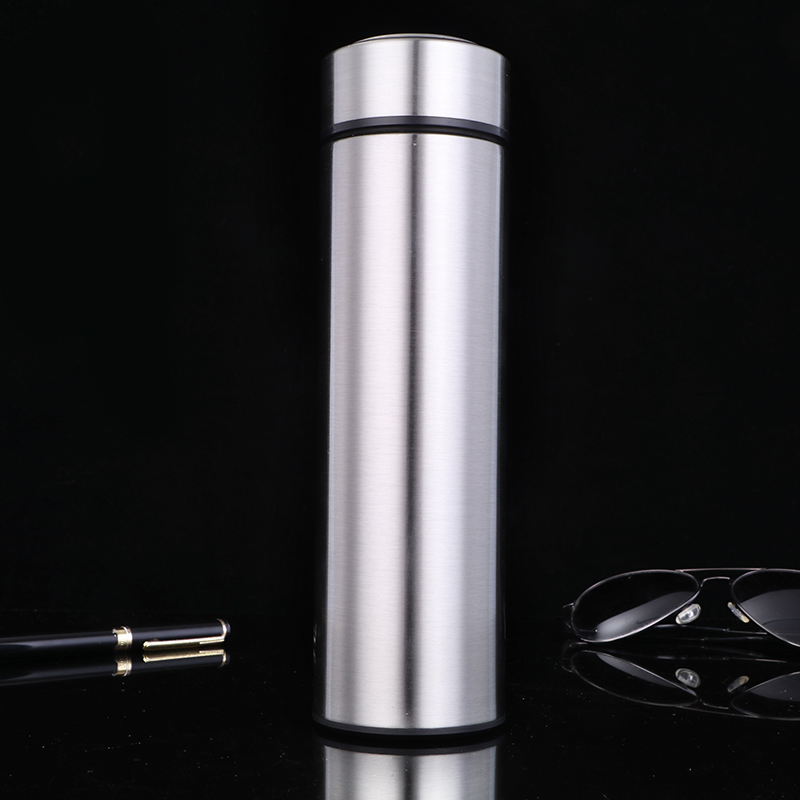Water cups are common daily necessities in life, and 304 stainless steel water cups are one of them. Are 304 stainless steel water cups safe? Is it harmful to human body?
1. Is 304 stainless steel water cup safe?
304 stainless steel is a common material in stainless steel with a density of 7.93 g/cm³; it is also called 18/8 stainless steel in the industry, which means it contains more than 18% chromium and more than 8% nickel; it is resistant to high temperatures of 800°C and has good processing performance , with the characteristics of high toughness, it is widely used in industrial and furniture decoration industries and food and medical industries. However, it should be noted that compared with ordinary 304 stainless steel, food-grade 304 stainless steel has stricter content indicators. For example: The international definition of 304 stainless steel is that it mainly contains 18%-20% chromium and 8%-10% nickel, but food-grade 304 stainless steel contains 18% chromium and 8% nickel, which is allowed to fluctuate within a certain range, and Limit the content of various heavy metals. In other words, 304 stainless steel is not necessarily food grade 304 stainless steel.
304 stainless steel is a food-grade stainless steel material, and its safety is very reliable. In terms of performance, cups made of 304 stainless steel have good thermal insulation effects. The safety of a cup mainly depends on its material. If there is no problem with the material, then there is no problem with its safety. So for drinking water, there is no problem with a water cup made of 304 stainless steel.
2. Is 304 thermos cup harmful to human body?
The regular brand of stainless steel water cups themselves are non-toxic. When purchasing stainless steel water cups, you should choose carefully to avoid buying fake and shoddy products.
It is best to use a thermos cup only to hold boiled water. It is not recommended to hold juice, carbonated drinks, tea, milk and other drinks.
It can be seen that 304 stainless steel is a food-grade stainless steel material, and its safety is very reliable. In terms of performance, cups made of 304 stainless steel have good insulation effects.
Things to note when purchasing a 304 thermos cup
1. Read the label or instructions on the cup. Generally, regular manufacturers will have the model number, name, volume, material, production address, manufacturer, standard number, after-sales service, usage instructions, etc. of the product written on it. If these are not available then there is a problem.
2. Identify the thermos cup by its appearance. First, check whether the surface polishing of the inner and outer tanks is even and consistent, and whether there are bumps, scratches or burrs; second, check whether the mouth welding is smooth and consistent, which is related to whether it feels comfortable when drinking water; third, check whether the internal seal is tight and Check whether the screw plug matches the cup body. Fourth, look at the mouth of the cup. The rounder the better, immature craftsmanship will cause it to be out of round.
3. Sealing test: First, twist off the cup lid to see if the cup lid is completely consistent with the cup body, then add boiling water (preferably boiling water) into the cup, and then turn the cup upside down for two to three minutes to see if there is water. Oozing.
4. Insulation test: Because the stainless steel vacuum insulated cup uses vacuum insulation technology, it can prevent heat from being transferred to the outside world under vacuum, thereby achieving the effect of heat preservation. Therefore, to test the insulation effect of a stainless steel vacuum insulated cup, you only need to put boiling water into the cup. After two or three minutes, touch each part of the cup to see if it is hot. If any part is hot, the temperature will be lost from that place. . It is normal for the area like the mouth of the cup to feel slightly warm.
5. Identification of other plastic parts: The plastic used in the thermos cup should be food grade. This kind of plastic has a small smell, bright surface, no burrs, long service life and is not easy to age. The characteristics of ordinary plastic or recycled plastic are strong smell, dark color, many burrs, plastic is easy to age and break, and will stink after a long time. This will not only shorten the life of the thermos cup, but also pose a threat to our physical health.
6. Capacity detection: Because the thermos cups are double-layered, there will be a certain difference between the actual capacity of the thermos cups and what we see. First check whether the depth of the inner layer of the thermos cup and the height of the outer layer are similar (usually 18-22mm). In order to reduce costs, many small factories often focus on materials, which may affect the capacity of the cup.
7. Identification of stainless steel materials for thermos cups: There are many types of stainless steel materials, among which 18/8 means that this stainless steel material contains 18% chromium and 8% nickel. Materials that meet this standard meet the national food-grade standards and are green and environmentally friendly products. The products are rust-proof. ,preservative. Ordinary stainless steel cups (pots) are white or dark in color. If soaked in salt water with a concentration of 1% for 24 hours, rust spots will appear. Some of the elements contained in them exceed the standard and directly endanger human health.
Post time: Mar-12-2024


